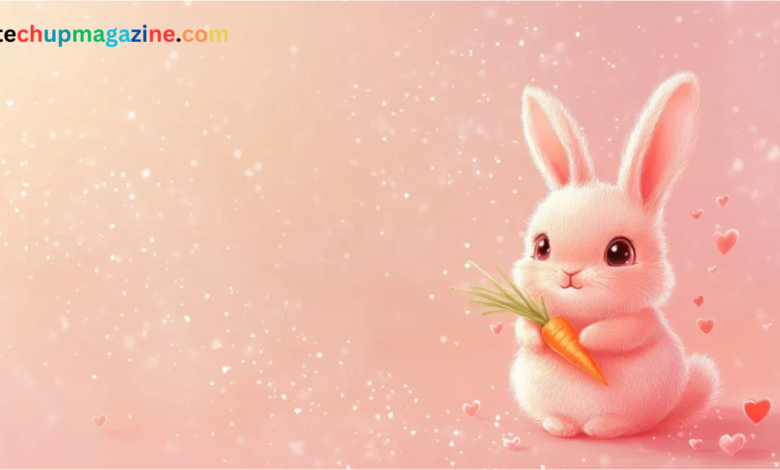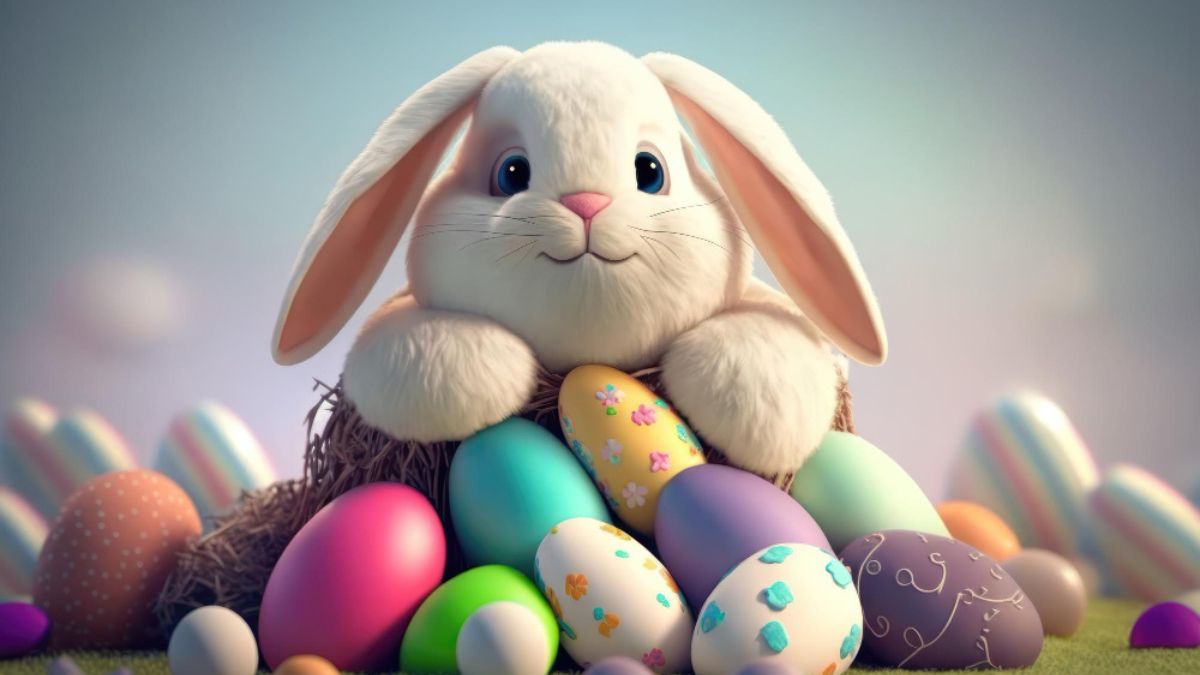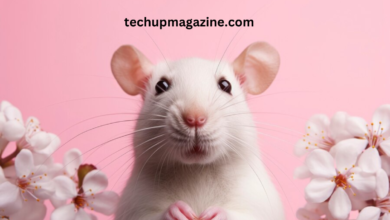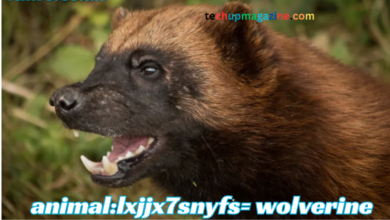drawing:qckadq6trwq= bunny: A Fun and Creative Guide

drawing:qckadq6trwq= bunny is a wonderful way to express creativity, and bunnies are some of the cutest creatures to sketch! Whether you’re a beginner or an experienced artist, this guide will walk you through various techniques, ideas, and tips for drawing bunnies. We’ll explore everything from basic shapes to more detailed and advanced aspects of bunny illustration. So, grab your sketchpad and pencil, and let’s hop into the world of drawing:qckadq6trwq= bunny!
Understanding drawing:qckadq6trwq= bunny

drawing:qckadq6trwq= bunny Before diving into drawing, it’s essential to understand the basic anatomy of a bunny. This will help create a more realistic and proportionate illustration. Bunnies have distinctive body shapes, and capturing these correctly is key to making your drawing pop.
Basic Shapes of a drawing:qckadq6trwq= bunny
When you first start drawing a drawing:qckadq6trwq= bunny, break down its body into simple shapes. The body is typically represented by a large oval for the torso and a smaller oval or circle for the head. These two shapes should overlap slightly to give the sense of a connected form. The bunny’s body is compact and round, which gives it a cute and soft appearance. Pay close attention to how these shapes work together as you build out the form drawing:qckadq6trwq= bunny.
For the legs, you can use smaller ovals to mark the upper and lower legs. Bunnies have short, powerful hind legs that taper off at the feet. Their front legs are more slender and less muscular, which is essential for getting that balanced and natural posture. Don’t forget the tail – a small, fluffy ball that often sits near the back of the torso drawing:qckadq6trwq= bunny.
Facial Features of a drawing:qckadq6trwq= bunny
The face of a bunny is equally crucial to get right. Bunnies have large, expressive eyes that often appear wide and curious. These are typically oval or almond-shaped. Position the eyes near the sides of the head for a more natural look, as bunny eyes are set farther apart compared to other animals drawing:qckadq6trwq= bunny.
Next, focus on the ears. Bunny ears are one of their most defining features. They’re long and taper off slightly at the tips. Some bunny breeds have ears that stand upright, while others have floppy ears that hang low. The shape and positioning of the ears can drastically change the personality of your drawing:qckadq6trwq= bunny.
The nose is small and triangular, and it sits just below the eyes. A tiny curve for the mouth will complete the face. Keep in mind that simplicity often works best with bunny faces, as too many details can distract from their natural cuteness drawing:qckadq6trwq= bunny.
Starting with Simple Bunny Sketches
Now that we’ve broken down the anatomy, let’s move on to sketching a basic bunny. If you’re just starting, it’s a good idea to keep things simple and build your skills gradually drawing:qckadq6trwq= bunny.
Step-by-Step Bunny Sketch
Start by lightly sketching the basic shapes we discussed: a large oval for the body and a smaller one for the head. Don’t worry about making them perfect; this is just your guide. Once you have the body and head in place, add the shapes for the legs and ears drawing:qckadq6trwq= bunny.
As you add more detail, you can begin to refine these shapes. Smooth out the curves of the body, and gently angle the legs to show the natural bend in a bunny’s posture. For the ears, start at the base of the head and draw them upward or outward, depending on the look you want. Make sure they taper at the ends to give them a natural flow drawing:qckadq6trwq= bunny.
Finally, add the details to the face. Draw the eyes, making sure they are large and positioned toward the sides of the head. Add a small nose and a curved line for the mouth. If you want to add fur texture, lightly sketch short lines around the face and body, but keep it subtle drawing:qckadq6trwq= bunny.
Refining Your drawing:qckadq6trwq= bunny
Once you have the basic sketch down, you can begin to refine and add more detail. This is where you can bring your bunny to life. Pay close attention to the proportions, especially the size of the head about the body. Bunnies typically have large heads compared to their bodies, which is part of what makes them so cute drawing:qckadq6trwq= bunny.
If you’re aiming for a more realistic look, you can add shadows and texture to the fur. Use light, quick strokes to suggest the softness of the bunny’s coat. Focus on areas like the cheeks, belly, and ears where the fur is often fluffier drawing:qckadq6trwq= bunny.
Adding Personality to Your drawing:qckadq6trwq= bunny
Every bunny has a unique personality, and you can reflect this in your drawing. Whether you want your bunny to look playful, shy, or curious, small changes to the facial expression and body language can make a big difference drawing:qckadq6trwq= bunny.
Expressing Emotion Through Eyes and Ears
One of the easiest ways to convey emotion in your bunny drawing is through the eyes and ears. Larger, rounder eyes give your bunny a more innocent or surprised look. If you narrow the eyes slightly, you can create a more relaxed or mischievous expression drawing:qckadq6trwq= bunny.
The position of the ears is another crucial aspect of bunny body language. Ears that stand straight up can indicate alertness or curiosity, while ears that droop to the sides can give your bunny a more relaxed or sleepy vibe. Experiment with different ear positions to see how they change the overall feel of your drawing:qckadq6trwq= bunny.
Body Posture and Movement
The way you pose your bunny can also tell a story. A bunny sitting upright with its paws tucked in close to its chest looks cute and alert. A bunny that’s stretched out with its legs kicked back gives off a more relaxed, lounging feel. You can even draw a bunny mid-hop for a more dynamic and energetic pose drawing:qckadq6trwq= bunny.
Experimenting with Bunny Styles
There’s no one “right” way to draw a bunny. Once you’re comfortable with the basic structure, you can start to experiment with different styles and techniques to create unique bunny drawing:qckadq6trwq= bunny.
Cartoon Bunnies
Cartoon bunnies are always a fun choice, especially if you enjoy a more whimsical and playful style. When drawing a cartoon bunny, you can exaggerate the features to make the drawing even cuter. For example, make the eyes bigger, the head rounder, and the ears extra long drawing:qckadq6trwq= bunny.
Don’t be afraid to bend the rules of anatomy a little when drawing cartoons. You can simplify the body into just a few shapes, or even give the bunny a more human-like posture if you’re drawing a character for a comic or animation.
Realistic Bunny Sketches
If you prefer a more realistic approach, focus on capturing the details of a bunny’s fur, muscle structure, and proportions. Pay close attention to light and shadow, as these can help create depth in your drawing. For realistic sketches, it’s essential to study real-life bunny photos or observe bunnies in person to understand how their bodies move and how their fur reflects light.
Drawing realistic bunnies takes time and patience, but the result is incredibly rewarding. Keep practicing, and don’t be afraid to make mistakes—they’re all part of the learning process.
Exploring Different Bunny Breeds
Bunnies come in many different breeds, each with its unique characteristics. If you’re looking for inspiration, try drawing bunnies from different breeds to explore how their physical traits vary.
Lop-Eared Bunnies
Lop-eared bunnies are easily recognizable due to their long, drooping ears. When drawing a lop-eared bunny, make sure the ears are much longer and hang down along the sides of the head. These bunnies often have a more relaxed and laid-back appearance due to the way their ears frame their face.
Dwarf Bunnies
Dwarf bunnies are known for their small size and round bodies. They have short, stubby legs and tiny ears compared to other breeds. When drawing a dwarf bunny, focus on making the body compact and the head relatively large. This will help capture their adorable, almost toy-like proportions.
Adding Backgrounds and Settings to Your Bunny Drawing
Now that you’ve mastered drawing the bunny itself, it’s time to think about where your bunny lives! Adding a background or setting can help bring your drawing to life and add context to your artwork.
Simple Background Ideas
You don’t need to go overboard with a background to make your bunny drawing stand out. A simple grassy field, a few flowers, or even a soft patch of dirt can help ground your bunny and give it a sense of place. Focus on keeping the background light and not too detailed so that the bunny remains the focal point.
More Detailed Environments
If you want to challenge yourself, you can draw your bunny in a more detailed environment. A cozy indoor scene with a soft blanket and toys, or a lush outdoor garden with plenty of plants and textures, can add richness to your drawing. Just be sure to balance the detail of the background with the detail of the bunny so that neither overpowers the other.
Coloring Your Bunny Drawing
Once your drawing is complete, you can add color to make it even more vibrant and lively. Whether you prefer colored pencils, markers, or digital tools, coloring your bunny is a fun way to bring your artwork to the next level.
Choosing Colors for Your Bunny
When deciding on colors for your bunny, you can go for realism or get creative with fantasy shades. If you want a natural look, stick to soft browns, grays, or whites, which are common bunny colors. You can use darker tones to create shadows and add depth to the fur.
If you want to make your bunny more whimsical, try adding some unexpected colors. A bright pink bunny or a pastel blue bunny can give your drawing a fun, cartoon-like vibe. Don’t be afraid to experiment with different hues and shading techniques to create unique effects.
Shading and Highlights
To make your bunny look more three-dimensional, focus on adding shading and highlights. Use darker colors around the edges of the bunny’s body and lighter colors where the light would naturally hit, like the top of the head, the nose, and the tops of the ears. You can also add a small highlight in the eyes to make them look more shiny and alive.

